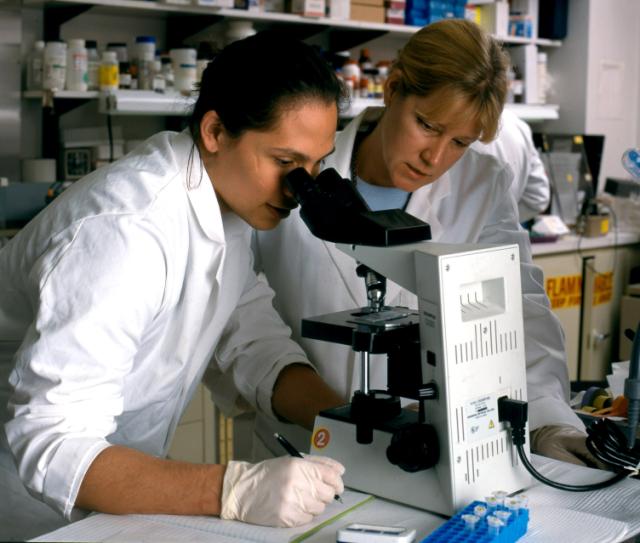The human immunodeficiency virus infection and acquired immune deficiency syndrome (HIV/AIDS) remains to be one of the most widespread diseases today. What makes this epidemic an even more unfortunate case is that scientists around the world have yet to develop an accessible cure successfully.
Some of the earliest recorded HIV-1 infections were from patients who have since passed away and whose blood and tissue samples were taken decades ahead of the 1970s. Over a decade later, the first cases of AIDS known to men were recorded. In the United States, AIDS was first recognized as an epidemic in 1981 that meant that extensive research and funding to find a cure started from here.
However, scientists and researchers around the world have yet to find one complete cure for HIV/AIDS despite decades of studies and clinical trials. On a good note, humanity has come a long way when it comes to treatment strategies for patients with HIV infection.
One of the most common regimens is antiretroviral therapy where patients only need to take one tablet a day to treat their HIV infection. Recently, researchers from the University of Arizona College of Medicine—Tucson recognized how far HIV treatments have developed allowing patients to live longer and in a “non-frail state.”
“We have shown that years of antiretroviral therapy can return patients to a non-frail state,” Dr. Stephen A. Klotz said (via Medical Express). “In addition, prolonged antiretroviral therapy restores cellular function and numbers of cells adversely affected by HIV.”
While the ultimate HIV/AIDS cure has not been developed yet, major developments were still announced earlier this year. A second individual, only identified in the news as the London patient, was declared HIV-free after receiving a bone marrow transplant. It was deemed huge progress and seen as proof that the epidemic can be cured.
However, government and health institutions around the world still have a great deal of work to be done. While the efforts of developing a cure continue, preventive measures are being pushed to alleviate the spread of the virus.



 CDC Vaccine Review Sparks Controversy Over Thimerosal Study Citation
CDC Vaccine Review Sparks Controversy Over Thimerosal Study Citation  SpaceX Starship Test Flight Reaches New Heights but Ends in Setback
SpaceX Starship Test Flight Reaches New Heights but Ends in Setback  NASA Resumes Cygnus XL Cargo Docking with Space Station After Software Fix
NASA Resumes Cygnus XL Cargo Docking with Space Station After Software Fix  FDA Lifts REMS Requirement for CAR-T Cell Cancer Therapies
FDA Lifts REMS Requirement for CAR-T Cell Cancer Therapies  Ancient Mars may have had a carbon cycle − a new study suggests the red planet may have once been warmer, wetter and more favorable for life
Ancient Mars may have had a carbon cycle − a new study suggests the red planet may have once been warmer, wetter and more favorable for life  Tabletop particle accelerator could transform medicine and materials science
Tabletop particle accelerator could transform medicine and materials science  Trump and Merck KGaA Partner to Slash IVF Drug Costs and Expand Fertility Coverage
Trump and Merck KGaA Partner to Slash IVF Drug Costs and Expand Fertility Coverage  Neuren Pharmaceuticals Surges on U.S. Patent Win for Rare Disorder Drug
Neuren Pharmaceuticals Surges on U.S. Patent Win for Rare Disorder Drug  Astronomers have discovered another puzzling interstellar object − this third one is big, bright and fast
Astronomers have discovered another puzzling interstellar object − this third one is big, bright and fast  Eli Lilly’s Inluriyo Gains FDA Approval for Advanced Breast Cancer Treatment
Eli Lilly’s Inluriyo Gains FDA Approval for Advanced Breast Cancer Treatment  Trump Administration to Launch Autism Initiatives Targeting Acetaminophen Use and New Treatment Options
Trump Administration to Launch Autism Initiatives Targeting Acetaminophen Use and New Treatment Options 































